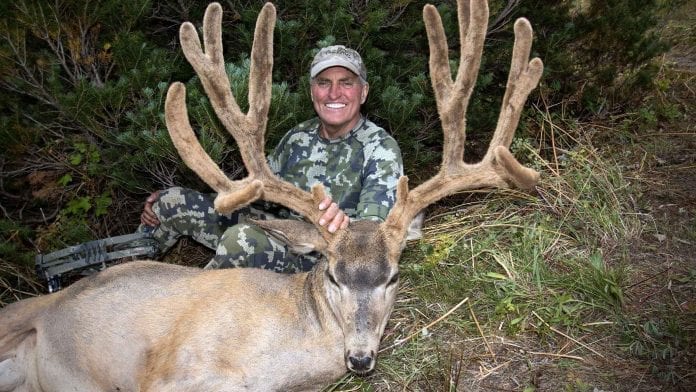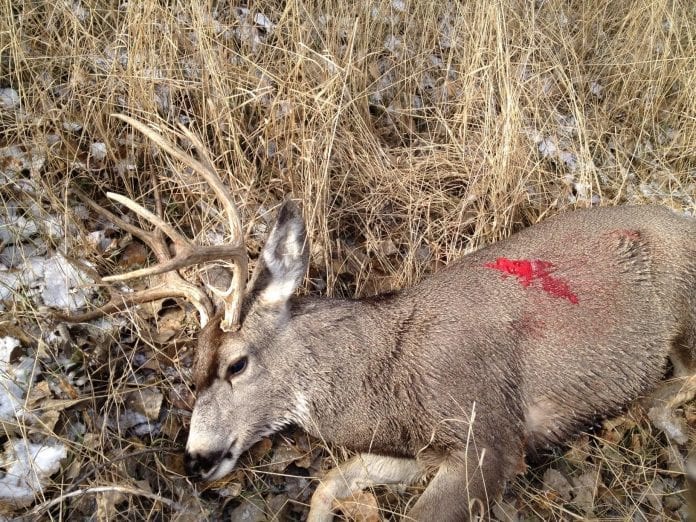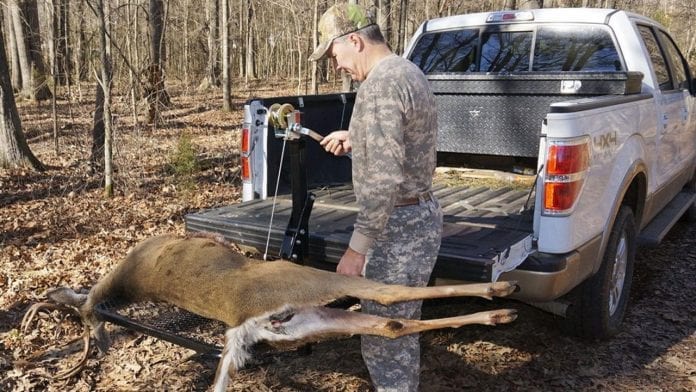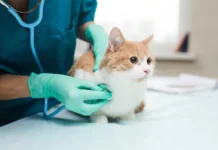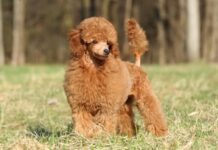As you know, hunting deer is quite an intimate experience that doesn’t only entail great skill, but also high patience from a hunter. More interestingly, the way you approach the deer could vary depending on when in this season you start the hunt.
November is very nice to go out, but late October is much better to catch him. Let’s kick off a scouting process once the season spreads much of your country.
Scouting

Trek into the woods and seek some scrapes on the way. Feel free to use digital scouting if you like. There are several tools to think of, such as aerials maps, soil maps, topos maps, etc. They can help you identify the exact tracts of land holding the most potential.
Another good scouting way is using trail cameras. What makes cameras a perfect choice to make is that they won’t spook deer. Ensure to put them around 5 feet off the ground and put them downward a bit.
However, if the deer hunting season comes, you still have no idea where to hunt, observation stands would be of great help. With these tools, things get spotted easily from afar, and you’ll know where you should be.
Packing up
By the time you join the hunt, many items should be in your pack. Do not waste any of them since your time in the woods is invaluable.
1. Hunting knife and gun
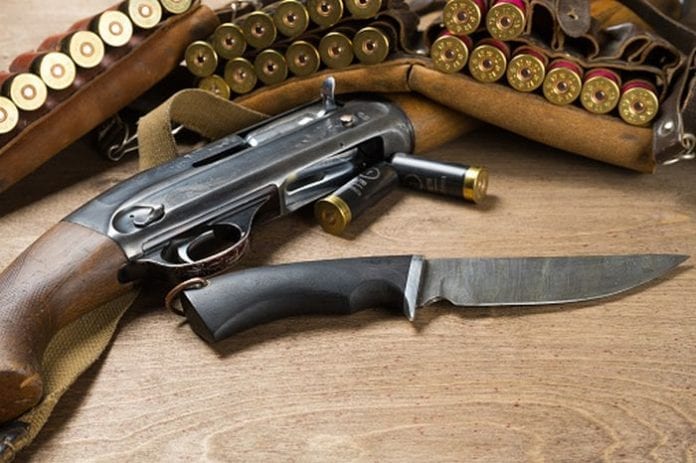
Whether with a bow or a gun, shooting a deer requires a lot of experience, and needs a good gun. The best options in hunting deer could be many but we are going to pick them up as suggested by the expert hunters and share based on expert opinions. Read more here: Gunandshooter.com. After going out on a hunt, a knife is an essential accessory to have. It will help you deal with all hard and challenging tasks. For example, cutting ropes and creating intricate cuts.
2. Mask and gloves
Camo is a nice color to wear for hunting as long as you’re not obliged to put on the blazing orange.
3. Compound bow
A compound bow is a kind of bow used in modern archery that employs the use of a leveraging system. This system usually includes cables and or pulleys that are used to bend the limbs.
4. Safety vest
This accessory offers the hunters maximum flexibility no matter if their bodies are feminine or masculine. Never forget to bring one along with you, if not, don’t try climbing up the stand.
5. Binoculars

Prepare yourself a set of standard 8×42 binoculars so that you can get the job done well. The lenses provide sharp images even in the lowest light conditions.
6. Scent killer
Deer are very sensitive, so any lingering scent from human bodies will irritate them. With this tool, you can move around with no odor, which improves the whole hunting process.
Be ready to take the shot
So now you’ve finally found what you need and where is the nice spot to shoot. The last step is to follow our tips to make the hunt as smooth as possible.
Wait for deer patiently
The deer hunting process is a game challenging anybody’s patience. To pass it successfully, you must locate a comfy spot to sit and be willing to wait. Be calm as always, especially when sitting in one place for hours can happen. And of course, you need to get ready to take the shot in the blind of an eye.
Stay still
Try to be still no matter if you take a seat secretly or openly in a tree stand. Though most deer have poor eyesight, they can easily spot any kind of motion.
Consider the wind carefully – it can be your friend or enemy
As said above, the deer has great sensitivity. The time they catch your scent, your hunting chance would be all gone.
Therefore, consider the wind before building up the stand. Just stand where the high winds possibly overwhelm your sound and motion. It also ensures the human scent to stay behind you. Go hunting anywhere else when they move from its bedding to feeding regions.
Using deer calls
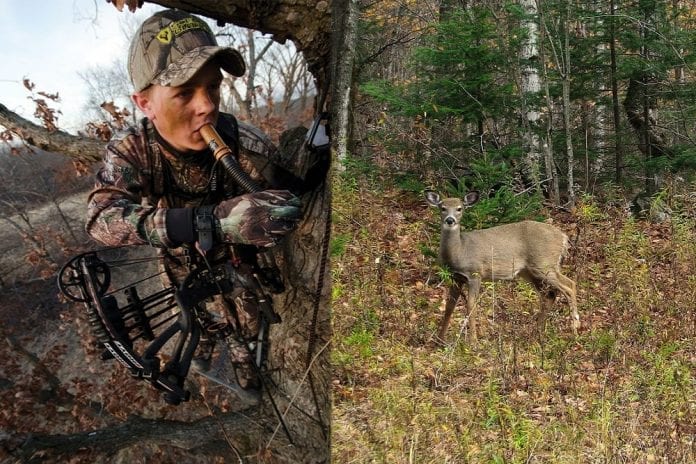
Deer calls are made to imitate the sounds of deers and to attract the lurking bucks from afar. Or these would make a whitetail turn, which is enough to land a perfect shot.
It’s necessary to practice with them before you’re ready to step into the field. How come? That’s because deer are sometimes smart as it comes to differentiate between the real and the fake.
To wrap up, calls are amazing for every deer hunter to catch the prey. Each of them has unique potential in various situations. Hunting is a game with no guarantee. But once you know when and why those bucks communicate with calls, it helps you get them fast.
Place your shot
Calm down and do your best during the shooting game. It might require your deep breaths to reduce the shakes. Simply look through the scope and choose a specific area on the targeted deer to send the bullet. You can check out Lunde Studio for tons of reviews of different scopes that you can use for deer hunting.
Getting deer out of wood
What to do with a whitetail buck after the shoot depends on different elements. People usually field dress it, drag it out of the wood, load it into the truck, and then drive it to the processor. This ensures to maintain the deer’s meat well.
It would be a big relief if the deer is small. You only need to bring it to the processor immediately. As it’s big, field dressing is one of the most important steps to take. Thanks to this, the process is getting easier when you take the whitetail out and into your vehicle.
Conclusion
To wrap up, make a good plan for a successful hunting experience. We bet that these critical tips could take your deer pursuits to the next level. They allow you to harvest the bucks in a lifetime!
Every time you get in the hunt, think through how you must move around as a deer starts to come from the right or left. Hunting the them is hard and takes you some time to master, so practice at first before joining the game.
